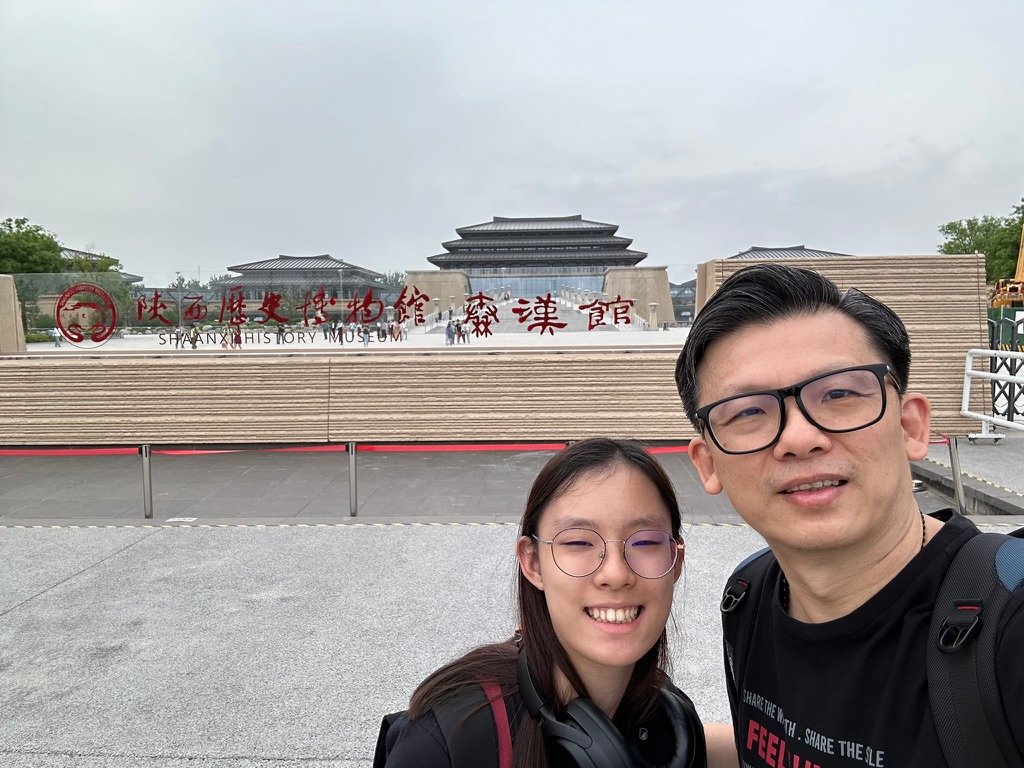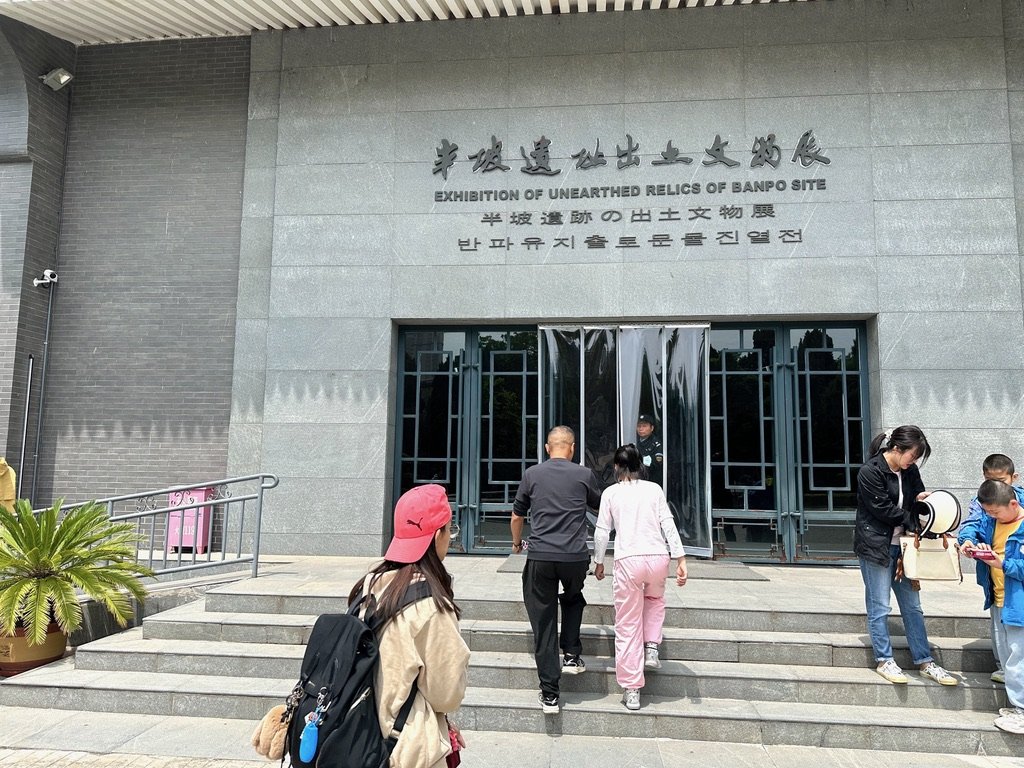📍 Location: Shaanxi History Museum – Qin and Han Civilizations Hall (秦汉馆 Qín Hàn Guǎn)
🕰️ Best for: Terracotta Warrior fans, Silk Road explorers, curious families, and first-time visitors to Xi’an (西安 Xī’ān)
📸 Top photo spots: Grand ceremonial staircase, Terracotta Warrior exhibit, rare Roman-China artifacts
Planning a trip to Xi’an China? Whether you’re sketching out your Xi’an tourist attractions itinerary or hunting for hidden gems beyond the Xi’an City Wall (西安城墙 Xī’ān chéngqiáng), this is one museum you won’t want to miss.
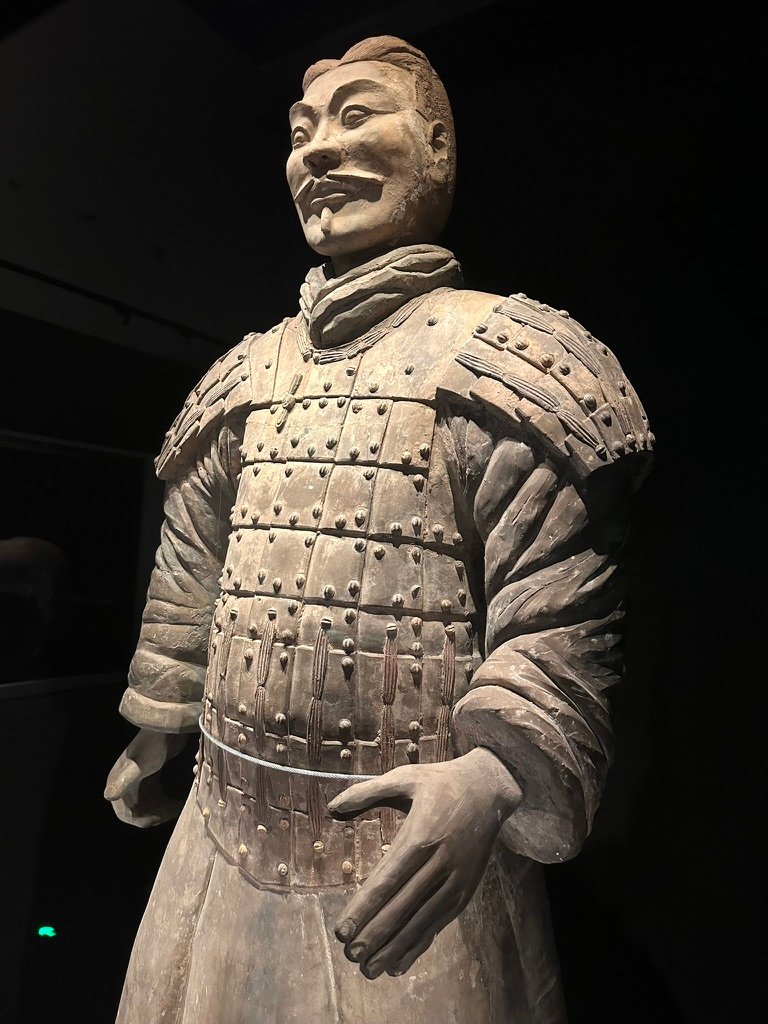
Want a Private Audience with a Terracotta Warrior?
Xi’an (西安 Xī’ān) is synonymous with the Terracotta Army (兵马俑 Bīngmǎyǒng)—but what if I told you that you can meet them face to face without navigating a sea of tour groups?
Welcome to the Qin and Han Civilizations Hall (秦汉馆 Qín Hàn Guǎn) — the newly opened wing of the Shaanxi History Museum (陕西历史博物馆 Shǎnxī Lìshǐ Bówùguǎn), and quite possibly Xi’an’s best-kept secret for an intimate, uncrowded dive into ancient China.
We visited this architectural marvel in May 2024, and it instantly became one of our favorite places in the entire city. My daughter Elaine, along with our travel mascots Cheers the penguin and Bing Ma Zai (兵马仔 Bīngmǎ Zǎi) the plush Terracotta soldier, joined me on this epic journey—right into the heart of the Qin (秦 Qín) and Han (汉 Hàn) empires.
::: tip 🚀 First Stop Recommendation Just landed in Xi’an (西安 Xī’ān)? Make this your very first stop.
For short visits, take a Didi (滴滴 Dīdī) straight from Xi’an Xianyang International Airport (西安咸阳国际机场 Xī’ān Xiányáng Guójì Jīchǎng) and spend about three hours (三个小时 sān gè xiǎoshí) immersing yourself in the grandeur of the Qin and Han dynasties.
If you have more time and are eager to dive deeper into early imperial history, budget at least half a day (半天 bàntiān). The museum is easy to reach and the experience is unforgettable

Photo taken earlier in 2019 at the main lobby of Shaanxi Provincial Museum in the city centre of Xi’an. During that time, it was still easy to visit this museum, without too big crowd.

A New Museum Built to Tell One Epic Story
Before we dive deeper into this new wing, it’s important to clarify a common confusion many first-time visitors to Xi’an (especially Western travelers) may face.
The name “Shaanxi History Museum” (陕西历史博物馆 Shǎnxī Lìshǐ Bówùguǎn) refers to two separate locations:
The original main museum in central Xi’an near the Big Wild Goose Pagoda (大雁塔 Dàyàntǎ). This well-established cultural site offers a broad and well-curated overview of more than 6,000 years of Chinese history, covering everything from Neolithic relics to Tang dynasty treasures. It’s highly accessible and popular among both locals and tourists.
The new Qin and Han Civilizations Hall (秦汉馆 Qín Hàn Guǎn)—sometimes referred to as the “East Wing” or “New Hall”—is a standalone museum located in the Xixian New Area, about 20 km from the city center. It focuses solely on the Qin (秦朝 Qíncháo) and Han (汉朝 Hàncháo) dynasties, presenting them with immersive, thematic storytelling and modern design.
While both fall under the same institutional umbrella, their locations, exhibit focus, and visitor experience are very different.
To help clarify at a glance, here’s a quick comparison:
| Museum | Location | Focus | Best For |
|---|---|---|---|
| Shaanxi History Museum (Main Hall) | Near Big Wild Goose Pagoda (大雁塔 Dàyàntǎ), City Centre | 6,000 years of Chinese history – Neolithic to Tang dynasty | First-time visitors, city-based travelers, general overview of Chinese history |
| Qin and Han Civilizations Hall (秦汉馆 Qín Hàn Guǎn) | Xixian New Area, 20 km from center | Qin & Han dynasties only – focused, immersive, modern | Those interested in imperial unification, Silk Road history, fewer crowds |
Having this distinction clear will help you better plan your Xi’an attractions route and avoid confusion, especially if you’re navigating using a Xi’an map or booking museum tickets through local apps. If you’re short on time and deeply interested in the early imperial eras of Chinese history, the Qin-Han Wing is your best bet. For those looking for a broader introduction to Chinese civilization or staying within the city center, the original Shaanxi History Museum remains a worthy stop on your Xi’an museum circuit.
Unlike the main Shaanxi History Museum (陕西历史博物馆 Shǎnxī Lìshǐ Bówùguǎn), which offers a sweeping overview of 6,000 years of Chinese civilization, the Qin-Han Wing (秦汉馆 Qín Hàn Guǎn) zooms in on just two dynasties—but what dynasties they were.
Spanning 35,000 square meters, this standalone museum is entirely devoted to the Qin dynasty (秦朝 Qíncháo) and the Han dynasty (汉朝 Hàncháo).
And it does so in breathtaking detail—with real artifacts, intelligent curation, and room to breathe.
If you’re the kind of traveler who likes to use a Xi’an map to plan every stop, pin this one early—especially if you’re looking for meaningful things to do in Xi’an.

Get Up Close with Terracotta Warriors
Let’s start with the star attraction. You can stand inches away from life-sized Terracotta Warriors, including a general with a glorious mustache and studded armor that looks like it could march off any second.
Unlike the world-famous Terracotta Army pits in Lintong (临潼 Líntóng), where crowds shuffle through massive halls, this museum allows for intimate viewing, better lighting for photography, and a relaxed, crowd-free experience.
Elaine was mesmerized. “That’s Bing Ma Zai’s ancestor!” she whispered, hugging her little plush soldier.
To give credit where it’s due, the original Terracotta Army Museum in Lintong (临潼 Líntóng) remains one of the most iconic archaeological sites in the world. Discovered in 1974 by local farmers, it showcases over 8,000 life-sized clay soldiers, chariots, and horses—each with distinct facial expressions, hairstyles, and armor details. These warriors were buried to protect the tomb of China’s First Emperor, Qin Shi Huang (秦始皇 Qín Shǐ Huáng). The Lintong site consists of three excavation pits and an exhibition hall, offering a grand and awe-inspiring view of imperial funerary art at scale.
However, due to its popularity, the Lintong site often draws large crowds, especially during weekends and holidays. Visitors may have to wait in line or view the warriors from a distance due to protective barriers and tour group congestion.
That’s why this new Qin-Han Wing is such a gem. Here, you can appreciate select warriors up close in a quieter, climate-controlled environment. It’s not meant to replace the original Terracotta Army, but rather to complement it—especially for those seeking a more reflective or accessible experience.
If you’re staying near the popular Xi’an Muslim Quarter (回民街 Huímín Jiē), this museum is a great complement—a peaceful historical deep-dive before or after your street food adventure.

Why This Museum is a Game Changer for Xi’an
We’ve been to almost every major historical site in Xi’an (西安 Xī’ān), but this one left a lasting impression. It’s the first museum in China fully devoted to the Qin and Han dynasties. The design blends modern steel with imperial style, and the exhibits follow a clear, chronological story. The Silk Road galleries highlight East-West exchanges in powerful ways, and the quiet atmosphere makes the entire visit a pleasure.
For first-timers wondering where to begin among all the Xi’an attractions, this is a strong contender for the top of your list.



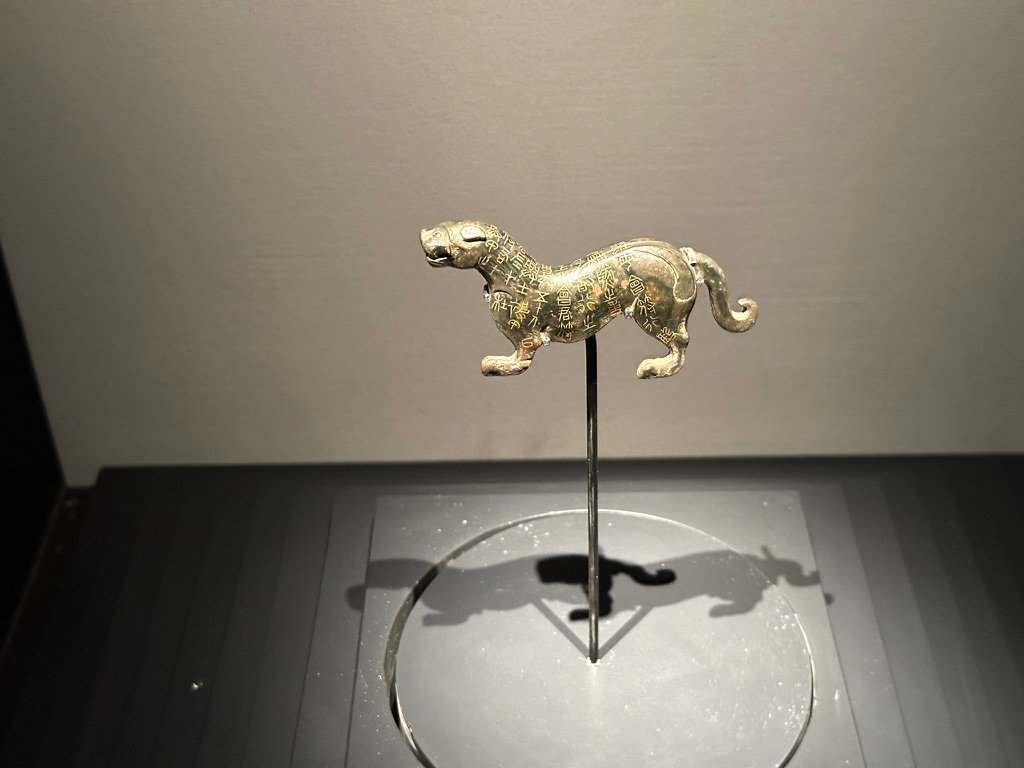
A Grand Entrance Fit for an Emperor
Before you even step inside, the museum makes a statement.
Black tiled roofs stacked like ancient palaces. Towering glass panels. A ceremonial staircase so grand, Elaine asked: “Are we going to meet an emperor today?”
Honestly? It felt like we might.



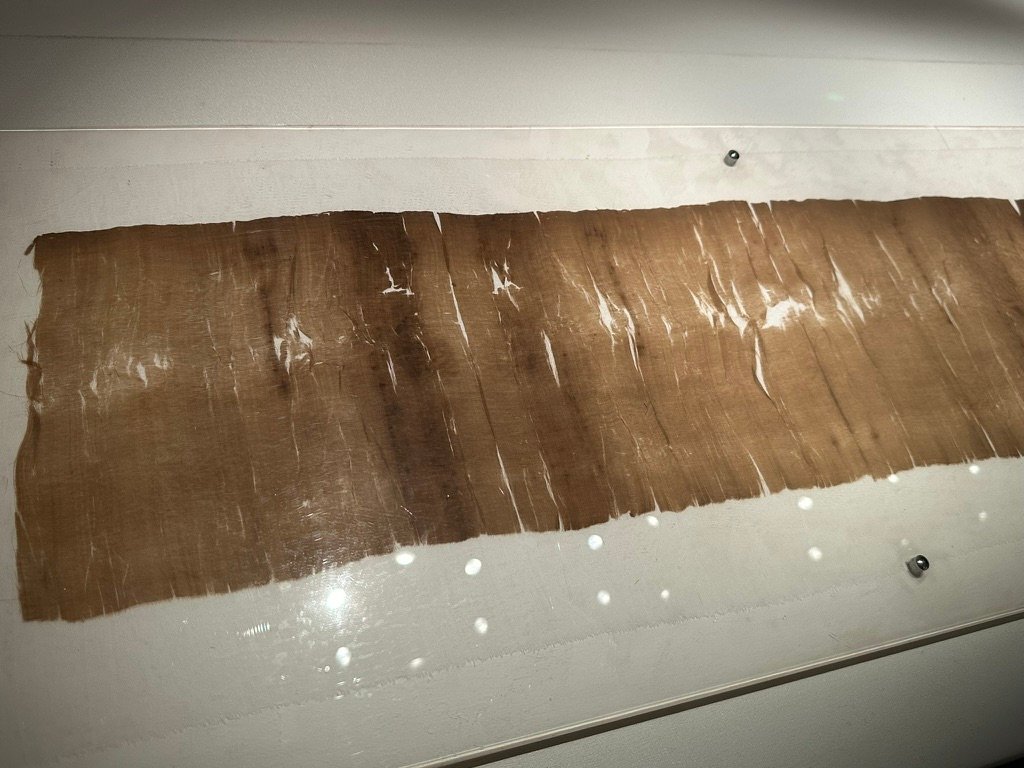
Feel the Empire in the Details – Daily Life of Qin & Han
This museum doesn’t just showcase emperors and generals. It brings to life the world of everyday people (老百姓 lǎobǎixìng) during the Qin and Han dynasties. You’ll see Qin coins (秦钱 Qín qián), square-holed and copper-toned, that symbolized unity. Han bronze weights (汉度量衡 Hàn dùliànghéng) reveal market regulation, while fragments of silk (丝绸 sīchóu) testify to the elegance of trade and textile mastery.
Even those staying in a nearby Xi’an hotel for a short layover will find these glimpses into daily life truly enriching.
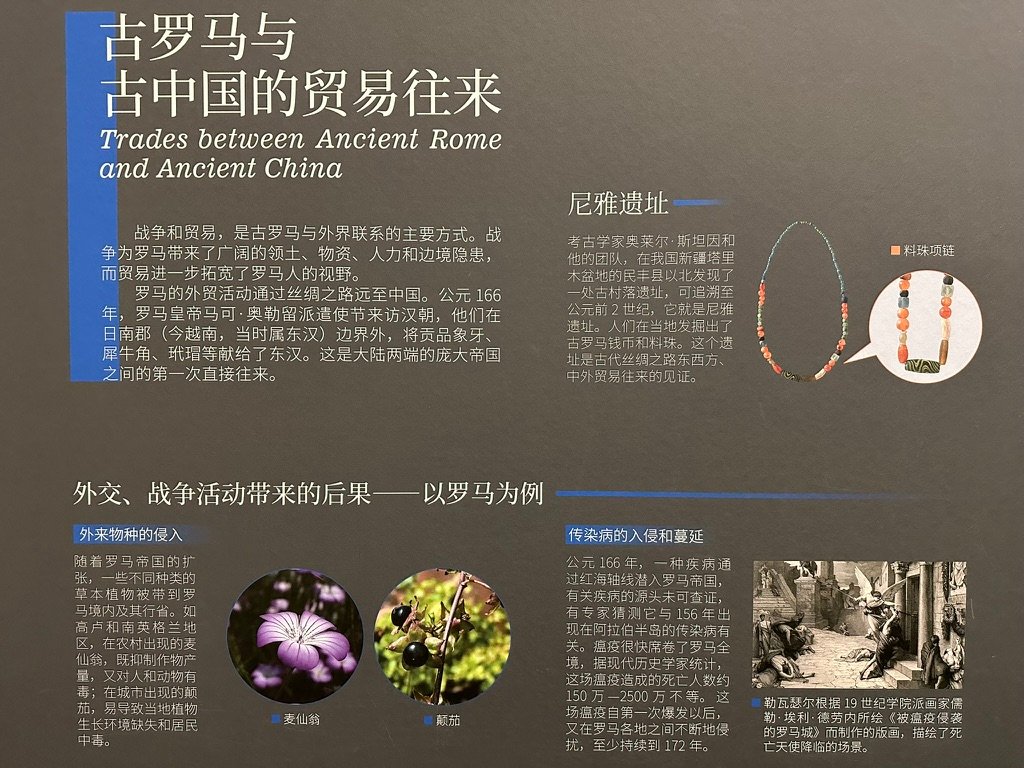
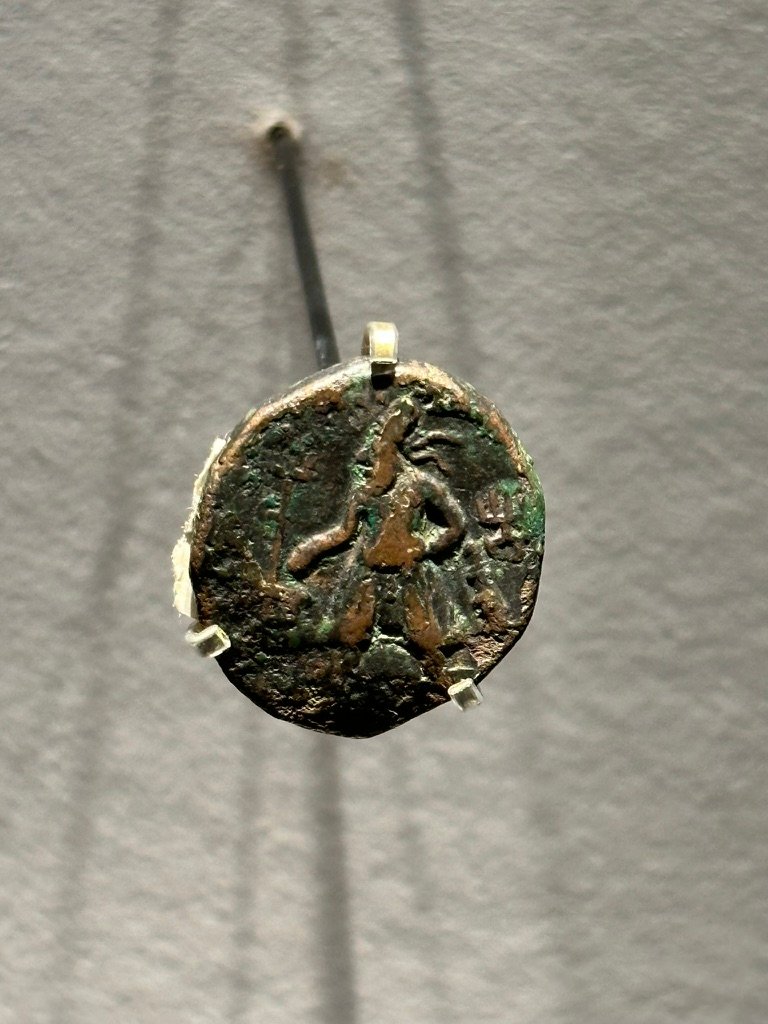
Ancient Rome Meets Han China – The Unexpected Highlight
One gallery truly surprised us. Roman glass beads (罗马玻璃珠 Luómǎ bōlì zhū), a golden coin (罗马金币 Luómǎ jīn bì), and Han silk (汉朝丝绸 Hàncháo sīchóu) are displayed side by side. They’re the physical traces of Rome’s connection with Chang’an.
In 166 CE, Roman envoys reached China—recorded in the Book of Later Han (后汉书 Hòu Hànshū) as Daqin (大秦 Dàqín) sending tribute to Emperor Huan (汉桓帝 Hàn Huán Dì).
Elaine traced the Silk Road (丝绸之路 Sīchóu Zhī Lù) on the map and whispered, “So the Romans really came here?”
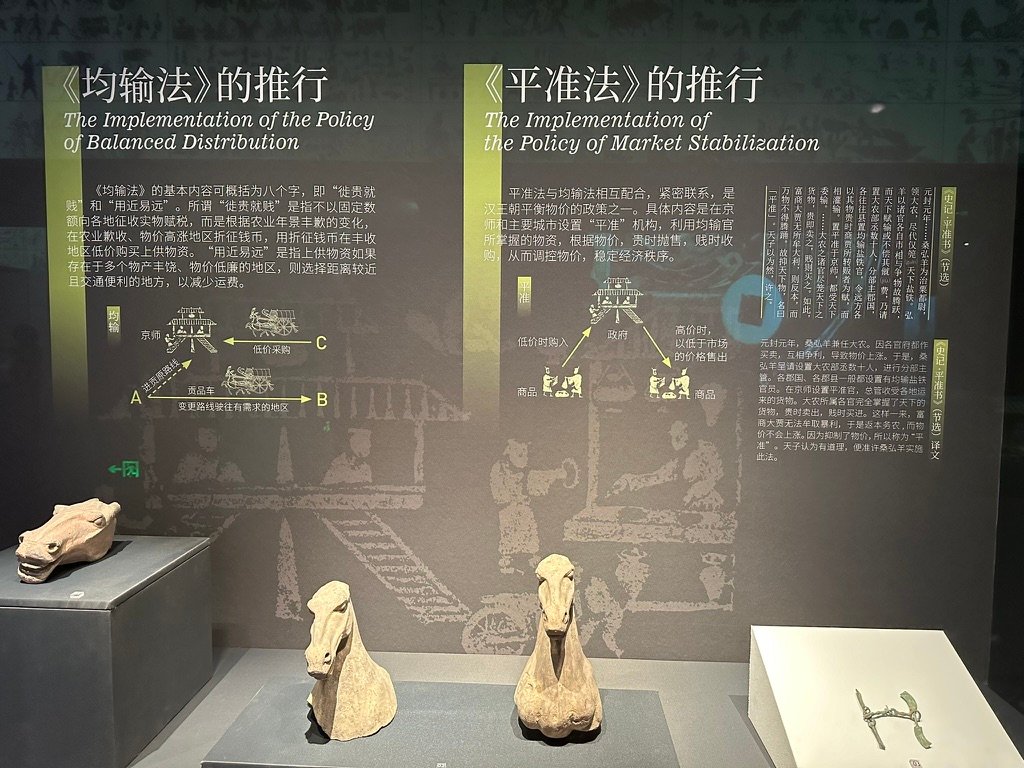

Kid-Tested, Parent-Approved
As a dad who’s taken Elaine to many museums, I can say this one gets it right. The exhibits are engaging without being flashy. Lighting is perfect for both focus and photos. Best of all, the storytelling is clear enough for kids to follow. Elaine compared soldiers’ outfits to her favorite dramas and even made up stories about the generals.
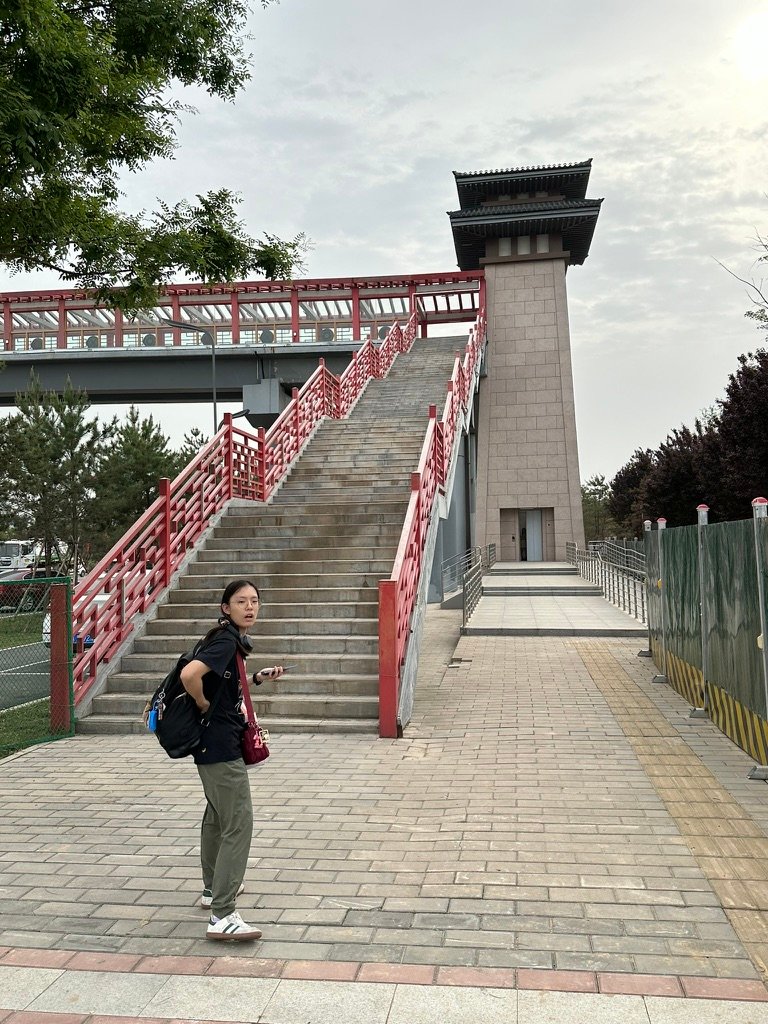
Planning Your Visit – The Essentials
Location: Qin-Han Hall (秦汉馆 Qín Hàn Guǎn), Shaanxi History Museum (陕西历史博物馆 Shǎnxī Lìshǐ Bówùguǎn), Weicheng District, Xixian New Area (西咸新区渭城区 Xīxián Xīnqū Wèichéng Qū). This is not the same as the main museum near Big Wild Goose Pagoda (大雁塔 Dàyàntǎ).
How to Get There: The metro (地铁 dìtiě) is easy and efficient. Take Line 1 (一号线 Yī Hào Xiàn) to Fenghe Forest Park Station (沣河森林公园站 Fēnghé Sēnlín Gōngyuán Zhàn), then enjoy a 20-minute walk (步行20分钟 bùxíng èrshí fēnzhōng). Or go direct via Didi (滴滴 Dīdī) in 30–40 minutes. If you’re navigating via the Xi’an metro map, it’s a smooth connection.
Opening Hours: 9:00 AM – 5:00 PM (上午九点至下午五点 Shàngwǔ jiǔ diǎn zhì xiàwǔ wǔ diǎn). Last entry is at 4:00 PM (下午四点 Xiàwǔ sì diǎn). Closed on Mondays (星期一闭馆 Xīngqīyī bìguǎn) unless it’s a public holiday.
Tickets: Free (免费 miǎnfèi), but advanced booking is required. Use the WeChat mini program “陕西历史博物馆” or platforms like Meituan. Bring your passport (护照 hùzhào) or Chinese ID (身份证 shēnfèn zhèng).
Photography: No flash (禁止闪光灯 jìnzhǐ shǎnguāngdēng) or tripods, but phones and small cameras are fine.

Bonus Tip: Museum Near the Airport
This museum is just 20 minutes from Xi’an Xianyang International Airport (西安咸阳国际机场 Xī’ān Xiányáng Guójì Jīchǎng), making it ideal for last-day visits. Skip the Lintong crowds, stay cool indoors, and enjoy world-class exhibits before your flight.
Elaine and I spent our final day here. After exploring, we hopped on Metro Line 14 (十四号线 Shísì Hào Xiàn) and got to the airport in time for noodles before boarding. The museum’s location is even marked on most updated Xi’an China maps, making it easy to plan your route.
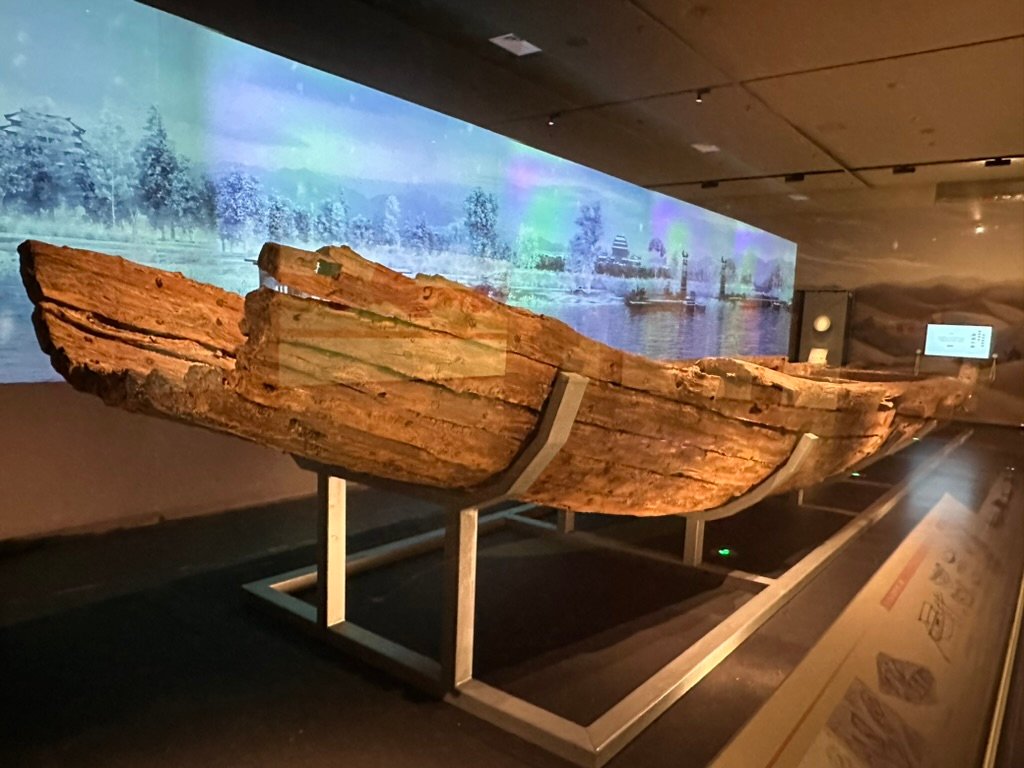
Final Thoughts – A Quiet Place Where Empires Still Whisper
Elaine turned to me before we left and said, “Baba, this place feels like the emperors are still around.”
And she’s right.
The Qin-Han Wing (秦汉馆 Qín Hàn Guǎn) doesn’t just teach history—it brings it back to life.
Bring your curiosity (好奇心 hàoqí xīn). Bring your kids (孩子 háizi). And prepare to walk away in awe of the empires that shaped China—and the world.

